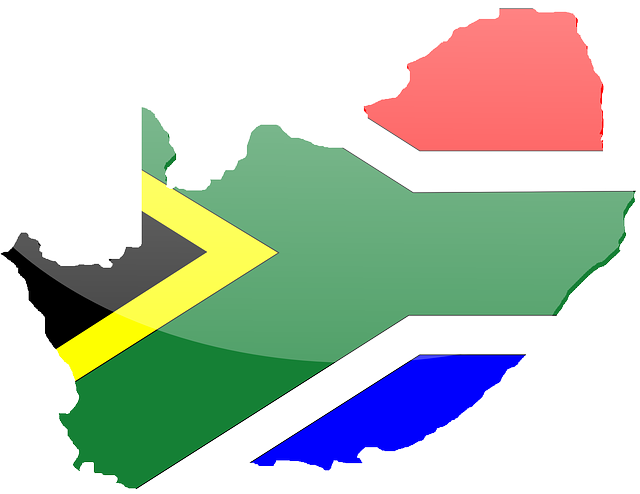During the past weeks, a WHO team of emergency experts worked together with President Ellen Johnson Sirleaf and members of her government to assess the Ebola situation in Liberia.
Transmission of the Ebola virus in Liberia is already intense and the number of new cases is increasing exponentially.
The investigative team worked alongside staff from the Ministry of Health, local health officials, and other key partners working in the country.
All agreed that the demands of the Ebola outbreak have completely outstripped the government’s and partners’ capacity to respond. Fourteen of Liberia’s 15 counties have now reported confirmed cases.
Some 152 health care workers have been infected and 79 have died. When the outbreak began, Liberia had only one doctor to treat nearly 100,000 people in a total population of 4.4 million people. Every infection or death of a doctor or nurse depletes response capacity significantly.
Liberia, together with the other hard-hit countries, namely Guinea and Sierra Leone, is experiencing a phenomenon never before seen in any previous Ebola outbreak. As soon as a new Ebola treatment facility is opened, it immediately fills to overflowing with patients, pointing to a large but previously invisible caseload.
Of all Ebola-affected countries, Liberia has the highest cumulative number of reported cases and deaths, amounting, on 8 September, to nearly two thousand cases and more than one thousand deaths. The case-fatality rate, at 58%, is also among the highest.
Situation in Montserrado county
The WHO investigation concentrated on Montserrado county, which includes Liberia’s capital, Monrovia. The county is home to more than one million people. The teeming West Point slum, which has no sanitation, little
running water, and virtually no electrical supplies, is also located in Monrovia, and is adjacent to the city’s major market district.
In Montserrado county, the team estimated that 1000 beds are urgently needed for the treatment of currently infected Ebola patients. At present only 240 beds are available, with an additional 260 beds either planned or in the process of being put in place. These estimates mean that only half of the urgent and immediate capacity needs could be met within the next few weeks and months.
The number of new cases is moving far faster than the capacity to manage them in Ebola-specific treatment centres.
For example, an Ebola treatment facility, hastily improvised by WHO for the Ministry of Health, was recently set up to manage 30 patients but had more than 70 patients as soon as it opened.
WHO estimates that 200 to 250 medical staff are needed to safely manage an Ebola treatment facility with 70 beds.
The investigation team viewed conditions in general-purpose health facilities as well as Ebola-specific transit and treatment facilities.
The John F Kennedy Medical Center in Monrovia, which was largely destroyed during Liberia’s civil war, remains the country’s only academic referral hospital. The hospital is plagued by electrical fires and floods, and several medical staff were infected there and died, depleting the hospital’s limited workforce further.
The fact that early symptoms of Ebola virus disease mimic those of many other common infectious diseases increases the likelihood that Ebola patients will be treated in the same ward as patients suffering from other infections, putting cases and medical staff alike at very high risk of exposure.
In Monrovia, taxis filled with entire families, of whom some members are thought to be infected with the Ebola virus, crisscross the city, searching for a treatment bed. There are none. As WHO staff in Liberia confirm, no free beds for Ebola treatment exist anywhere in the country.
According to a WHO staff member who has been in Liberia for the past several weeks, motorbike-taxis and regular taxis are a hot source of potential Ebola virus transmission, as these vehicles are not disinfected at all, much less before new passengers are taken on board.
When patients are turned away at Ebola treatment centres, they have no choice but to return to their communities and homes, where they inevitably infect others, perpetuating constantly higher flare-ups in the number of cases.
Other urgent needs include finding shelters for orphans and helping recovered patients who have been rejected by their families or neighbours.
Last week, WHO sent one of its most experienced emergency managers to head the WHO office in Monrovia. Coordination among key partners is rapidly improving, aiming for a better match between resources and rapidly escalating needs.
Implications of the investigation
The investigation in Liberia yields three important conclusions that need to shape the Ebola response in high-transmission countries.
First, conventional Ebola control interventions are not having an adequate impact in Liberia, though they appear to be working elsewhere in areas of limited transmission, most notably in Nigeria, Senegal, and the Democratic Republic of Congo.
Second, far greater community engagement is the cornerstone of a more effective response. Where communities take charge, especially in rural areas, and put in place their own solutions and protective measures, Ebola transmission has slowed considerably.
Third, key development partners who are supporting the response in Liberia and elsewhere need to prepare to scale up their current efforts by three- to four-fold.
As WHO Director-General Dr Margaret Chan told agencies and officials last week in New York City and Washington, DC, development partners need to prepare for an “exponential increase” in Ebola cases in countries currently experiencing intense virus transmission.
Many thousands of new cases are expected in Liberia over the coming three weeks.
WHO and its Director-General will continue to advocate for more Ebola treatment beds in Liberia and elsewhere, and will hold the world accountable for responding to this dire emergency with its unprecedented dimensions of human suffering.









